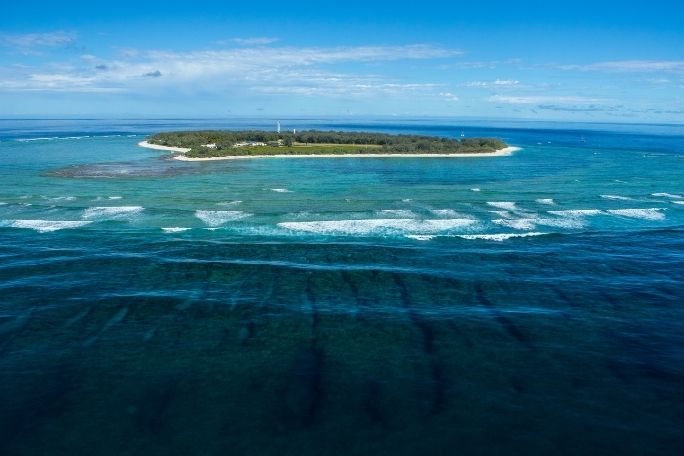Lesson summary
This activity is designed to show children how looking after the land around us means looking after the ocean. Younger children will investigate how fresh water can look different when a range of natural contaminants are added to it. Older children will create a river and a sea, and will experiment with adding contaminants to the river to see how pollution from the land can end up in the ocean. This activity is designed to help connect children to the wonders of the natural world through sensory and play-based learning.
Activity Intention:
- This activity is designed to help connect children to the wonders of the natural world through sensory and play-based learning.
Lesson guides and printables
Lesson details
Curriculum mapping
Learning Outcome 2: Children are connected with and contribute to their world
- 2.3 Children become aware of fairness
Learning Outcome 4: Children are confident and involved learners
- 4.1 Children develop dispositions for learning such as curiosity, cooperation, confidence, creativity, commitment, enthusiasm, persistence, imagination and reflexivity
- 4.2 Children develop a range of skills and processes such as problem solving, inquiry, experimentation, hypothesising, researching and investigating
- 4.3 Children transfer and adapt what they have learned from one context to another
- 4.4 Children resource their own learning through connecting with people, place, technologies and natural and processed materials
Resources required
Ages 0 to 2:
- Clear tub or bucket of water
- Range of materials that can be added to the water, including things like sand, dirt, twigs, wood chips, pebbles and stones, paint, etc.
- Toy animals that can be found in the ocean, such as fish, sharks, dolphins, turtles, crabs, seahorses, etc.
Ages 3 to 5:
- Five cups containing five different contaminants. You can use the actual contaminants or substitute the contaminants with less real (and less dangerous or disgusting) contaminants. Examples of contaminants could include - oil, paint, detergent, chook poo and harmless chemicals. In addition, collect a range of waste materials such as food wrappers, plastic bags, straws, bottle tops, etc.
- River leading to a sea: you will need to direct a flow of water (the river) into a pool of water (the sea). It doesn’t need to be elaborate, i.e. you could use a tub or bucket for the sea and a pipe or tube as the river. Note: the river must flow into the sea.
- Hose and access to water.
Optional: Toy animals that can be found in the ocean, such as fish, sharks, dolphins, turtles, crabs, seahorses, etc.
Additional info
Blue is a feature documentary film charting the drastic decline in the health of our oceans. With more than half of all marine life lost and the expansion of the industrialization of the seas, the film sets out the challenges we are facing and the opportunities for positive change. Blue changes the way we think about our liquid world and inspires the audience to action. Find out how to screen or download the film here. Along with the film is an ambitious global campaign to create advocacy and behaviour change through the #oceanguardian movement. To become an ocean guardian, see the website.


Welcome back!
Don't have an account yet?
Log in with:
Create your free Cool.org account.
Many of our resources are free, with an option to upgrade to Cool+ for premium content.
Already have an account?
Sign up with:
By signing up you accept Cool.org's Terms and Conditions(Opens in new tab) and Privacy Policy(Opens in new tab).